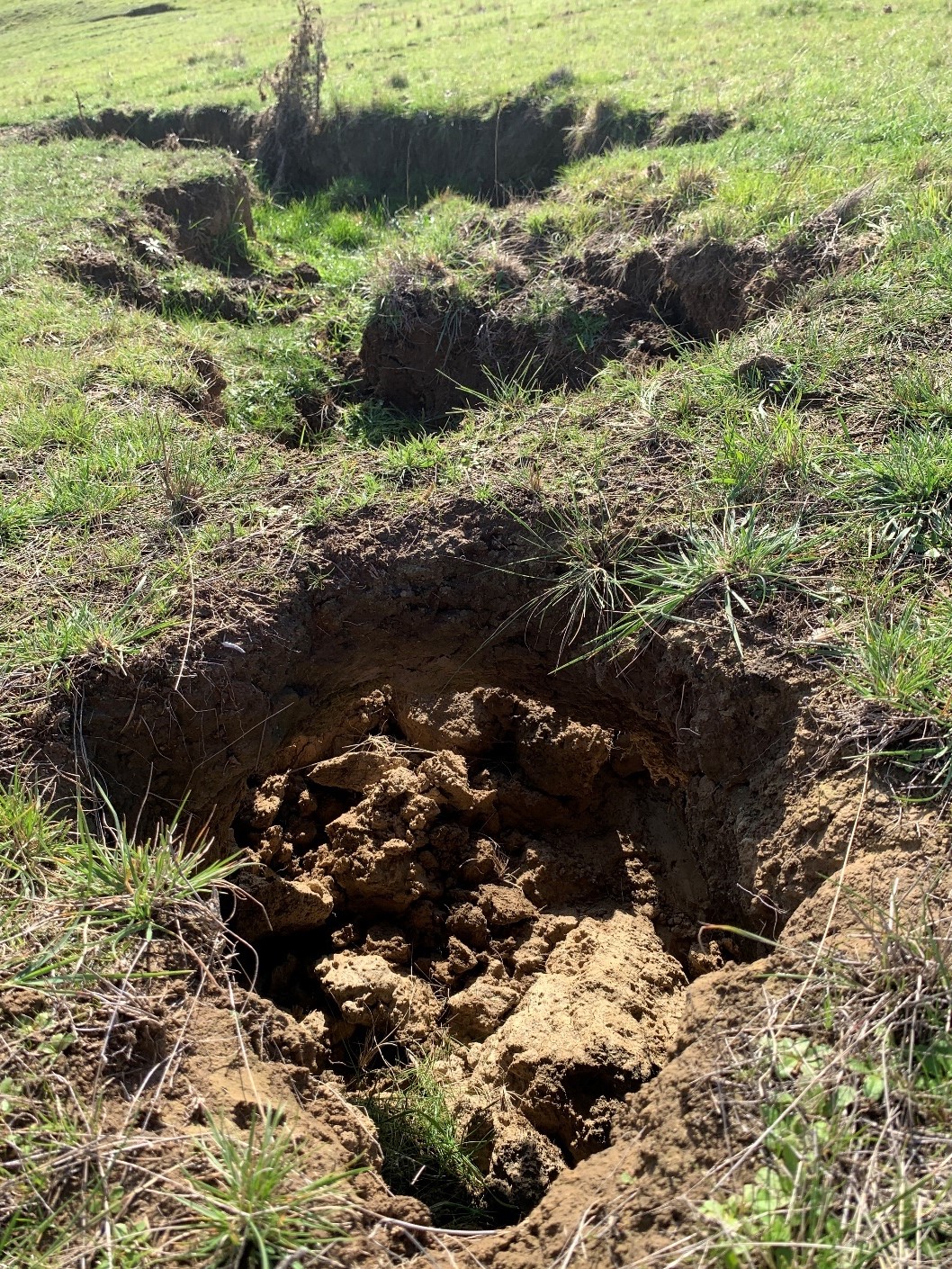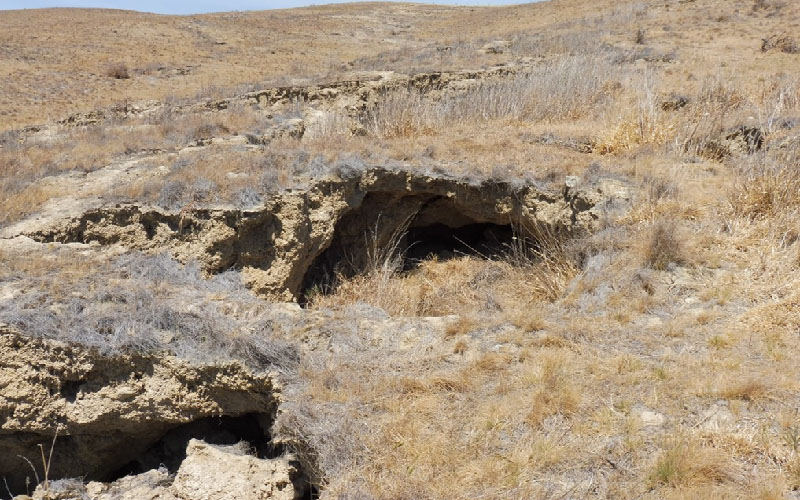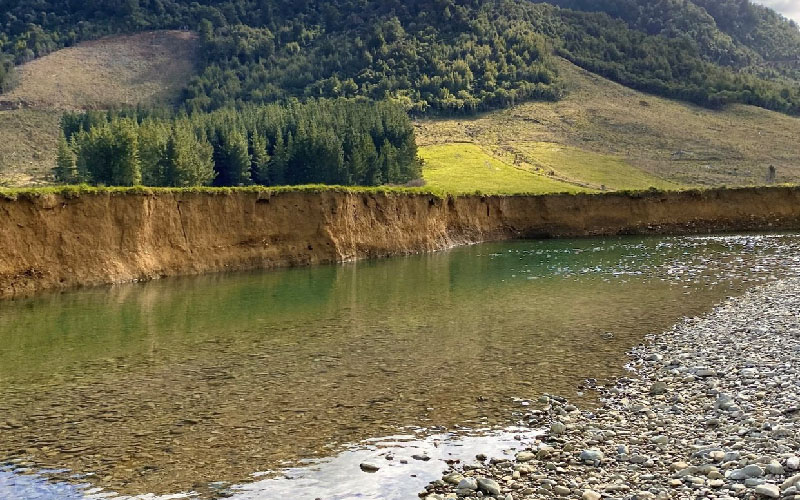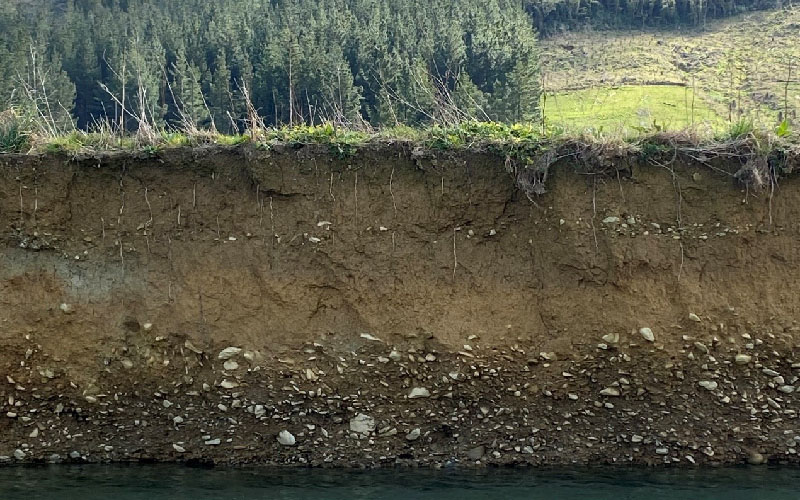Erosion

Our social, economic and environmental lifeways in Marlborough are all dependant upon stable and resilient soil systems. Erosion rates in New Zealand are naturally very high by world standards as a consequence of the dominance of steep slopes, erodible rocks, generally high rainfall and common high-intensity rainstorms.
Landcare Research estimates that we are losing 192 million tonnes of soil a year in New Zealand. Therefore, it is hugely important that we manage our soils well to sustain services and production from the soil.
The Marlborough District Council and Ministry for Primary Industries (MPI) currently fund and run a programme that supports farmers/landowners to plant trees on eroding or erosion prone hill country. This can be done through space planting poplar and/or willow poles on hill country pastoral land, or permanently retiring farmland for native planting. For more information on this go to our Hill Country Erosion page:
Go to our Hill Country Erosion page
There are many types of erosion that occur within New Zealand. Within Marlborough the main erosion forms we see are:
- Surface Erosion
- Gully Erosion
- Mass-Movement Erosion
- Streambank erosion
Surface Erosion
Surface Erosion is a largely unseen process that occurs when soils have their vegetative cover removed. Bare soils can be eroded by both wind and water with both mechanisms resulting in different environmental impacts. Bare soil could occur as a result of farming, forestry or urban activities. Council has a range of measures within its regional plan or in the national legislation to control the effects of surface erosion.

Gully Erosion
The most prevalent form of gully erosion in Marlborough is the iconic tunnel gully formations commonly seen on the Wither Hills and on loess soils in South Marlborough. The Wither Hills farm park was established in 1944 with the aim of addressing severe tunnel gully erosion. Tunnel Gully erosion is an ongoing serious issue for farmers across South Marlborough and a major contributor to sediment loss in some catchments.


Streambank erosion in Rai Valley – August 2023.
Streambank
Streambank erosion commonly occurs in the more humid catchments of North Marlborough. Sediments deposited on former flood plains are often reworked by rivers as they meander across those flood plains. Streambank erosion can cause significant loss of sediment into waterways and has been a major focus of river management work in the past.

Streambank erosion in Rai Valley – August 2023.

